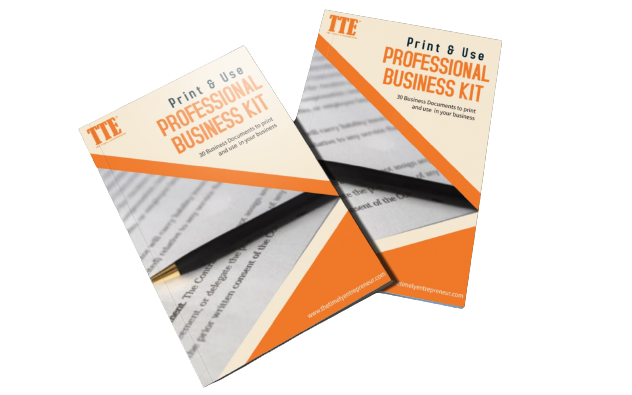
THE TIMELY ENTREPRENEUR’S BCP AUDIT CHECKLIST
Ensure your Business Continuity Plan (BCP) is crisis-ready with this step-by-step audit. Identify gaps, strengthen weak points, and build unshakable resilience.
Section 1: Leadership & Crisis Response
1.1 Crisis Management Team
– Defined roles (who leads communications, operations, IT, etc.).
– Updated contact list (phone, email, backup contacts).
– Alternate decision-makers if primary leads are unavailable.
1.2 Emergency Communication Plan
– Pre-drafted customer/staff messages (email, social media, SMS templates).
– Designated spokesperson trained in crisis PR.
– Backup communication tools (e.g., Slack, WhatsApp Business).
Section 2: Operational Continuity
2.1 Critical Functions Identification
– Ranked top 5 business functions that must continue (e.g., payroll, deliveries).
– Cross-trained staff for key roles.
2.2 Workspace & IT Resilience
– Remote work capability tested (VPN, cloud access, collaboration tools).
– Backup power sources (generators, UPS for servers).
– Key equipment/facility backups (e.g., second location, hot desks).
2.3 Supply Chain & Vendors
– Backup suppliers identified for critical inventory/materials.
– Contracts reviewed for force majeure clauses.
– Inventory buffer for high-demand products.
Section 3: Financial & Data Security
3.1 Financial Buffer
– 3–6 months of operating cash reserved or accessible.
– Line of credit secured with your bank.
– Emergency cost-cutting plan (non-essential expenses listed).
3.2 Data Protection
– Automated daily backups (cloud + offline).
– Cybersecurity audit completed (firewall, MFA, employee training).
– Recovery time objective (RTO) set for IT systems (e.g., <24 hours).
Section 4: Testing & Improvement
4.1 Plan Testing
– Annual fire drill or evacuation rehearsal conducted.
– Simulated cyberattack/scenario tested (e.g., ransomware response).
– Supplier disruption drill (switch to backups for 48 hours).
4.2 Maintenance & Updates
– BCP reviewed quarterly (or after major business changes).
– Employee training refreshed (new hires included).
– Insurance policies updated (business interruption, cyber coverage).
Section 5: Recovery & Post-Crisis Review
5.1 Short-Term Recovery (0–7 Days)
– Checklist to resume critical operations (e.g., reopen store, restore data).
– Customer retention plan (e.g., apology discounts, transparency updates).
5.2 Long-Term Improvements
– Post-crisis debrief documented (lessons learned).
– BCP revised based on gaps exposed during disruption.
Take Action Now
Need Help? Book a Free 15-Min Consultation with our resilience advisors.
“A plan you don’t test is just a wish. Audit today—sleep better tonight.”
— The Timely Entrepreneur Resource and Research Centre
